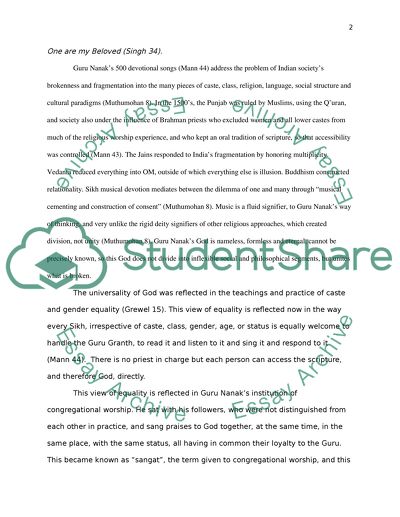Cite this document
(“Sikh Gurus, Sacred Scripture, Sacred Institutions Research Paper”, n.d.)
Sikh Gurus, Sacred Scripture, Sacred Institutions Research Paper. Retrieved from https://studentshare.org/religion-and-theology/1437861-what-is-the-sikh-conception-of-sacred-authority
Sikh Gurus, Sacred Scripture, Sacred Institutions Research Paper. Retrieved from https://studentshare.org/religion-and-theology/1437861-what-is-the-sikh-conception-of-sacred-authority
(Sikh Gurus, Sacred Scripture, Sacred Institutions Research Paper)
Sikh Gurus, Sacred Scripture, Sacred Institutions Research Paper. https://studentshare.org/religion-and-theology/1437861-what-is-the-sikh-conception-of-sacred-authority.
Sikh Gurus, Sacred Scripture, Sacred Institutions Research Paper. https://studentshare.org/religion-and-theology/1437861-what-is-the-sikh-conception-of-sacred-authority.
“Sikh Gurus, Sacred Scripture, Sacred Institutions Research Paper”, n.d. https://studentshare.org/religion-and-theology/1437861-what-is-the-sikh-conception-of-sacred-authority.


